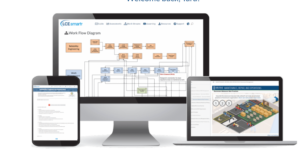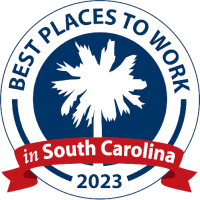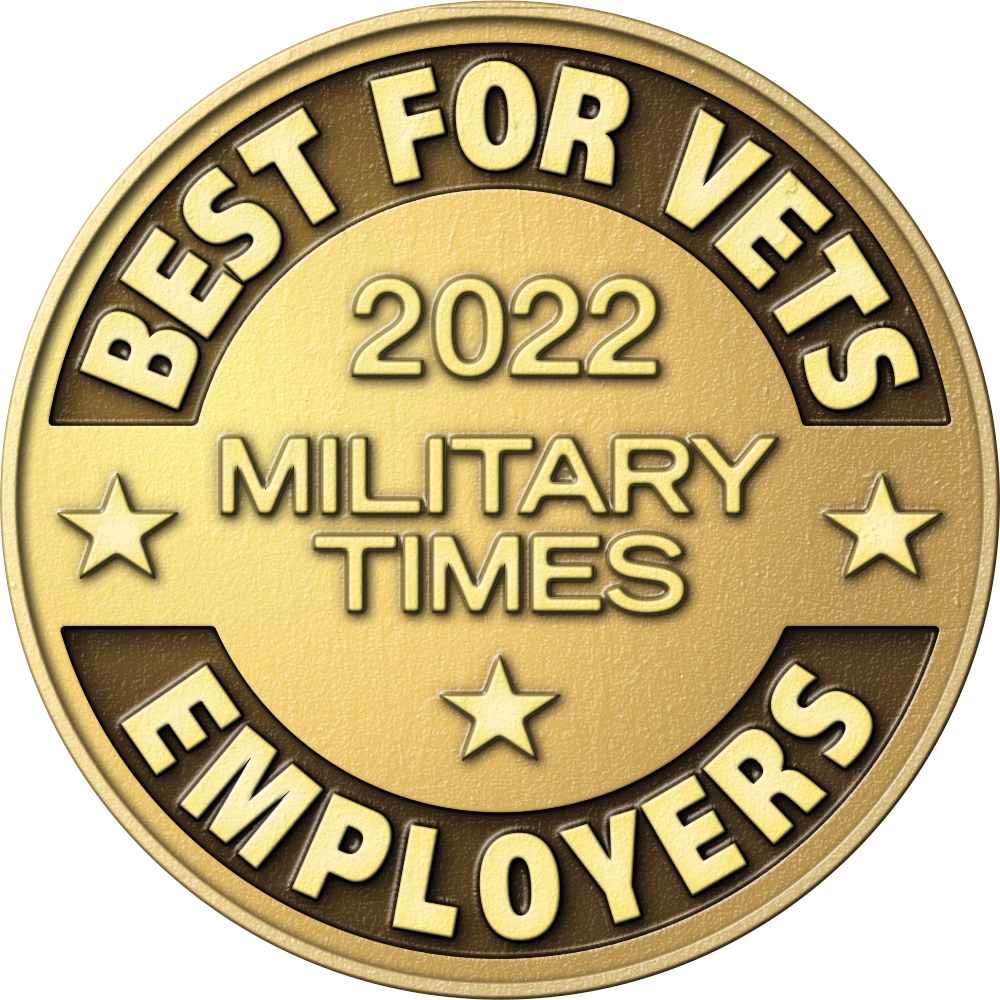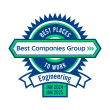
How a smart culture can drive improved plant performance and regulatory compliance while attracting and retaining the next generation of team members
By John Robertson, Vice President of Life Cycle Engineering’s Reliability Consulting Group
As published in Food Industry Executive
Running a manufacturing operation today means you’re likely facing a long list of challenges – rising raw materials costs, aging equipment, and ongoing supply chain disruptions. But your biggest problem may be the availability and variability of the workforce.
Three major factors are driving the labor situation. First, baby boomers are starting to retire, and they take with them institutional knowledge that has taken decades to develop. Second, new hires and workers just entering the workforce don’t have the right skill set to do the same quality of work that more experienced workers perform. And finally, many candidates favor remote work over that of an onsite manufacturing career.
The result is a mountain of unfilled manufacturing jobs. Deloitte estimates that by 2028, the skills gap in the U.S. will result in 2.4 million unfilled seats out of 16 million manufacturing jobs.
What does this mean for the industry? With jobs going unfilled or businesses hiring traditionally unqualified workers, they may be unable to meet growing customer demand–missing out on the new market opportunities needed to stay competitive in a global economy. And while digital transformation will be a key part of future operational efficiency – we can’t simply rely on new technologies to fix our problems.
People may be your biggest challenge, but they are also your best opportunity. Engaging, connecting, and coordinating your workforce with the right training, processes, tools, and technology is the foundation of a smart culture that paves the way for a smart operation – one that can outperform the competition in plant performance, regulatory compliance, innovation and retention.
Changing perceptions can help attract a new workforce
Skilled workers who carry institutional and industry knowledge are predominately over 55, which means they are beginning to retire. In the next five to 10 years they will most likely leave the industrial workforce altogether. Knowledge loss now becomes a greater factor in poor plant performance, which leads to a less desirable work environment and drives higher turnover and harder recruitment. The industry has responded by offering the new hires, especially younger generations, better benefits, training, higher pay, flexibility, and educational and advancement opportunities. But is it enough? Their view of manufacturing is not always positive. Many see manufacturing as uninteresting, not to mention the long hours, different shifts, and all of the work being performed in the same non-remote location.
When it comes to career opportunities in the food and beverage industry, the demand is real. There may be a lot of challenges ahead for manufacturers, but there are also significant opportunities to change how the industry is perceived and attract a whole new workforce. And with the global smart manufacturing market expected to grow substantially, there has never been a more exciting time for the industry.
If it’s good for employees, it’s good for business
Attracting and retaining talent is a huge challenge. What worked in the past isn’t as effective today. In order to attract and retain talent, compensation packages alone are not enough.
Advancements in technology can not only help change the perception of manufacturing careers but can also support diversity and inclusion efforts. Technology makes jobs safer, helps employees to be more productive and diversifies the potential talent pool. Technology can also offset the lack of future workers in the industry. Tech tools like robotics or virtual reality can help automate the redundant tasks that seem uninteresting and mundane.
If you want to meet the demands of a more technologically driven workplace, you need new ways of working. Developing new ways to work requires organizational engagement, new procedures, and educating workers in best practices. You can better document information into standardized work practices to easily replicate tasks without the need of a senior person guiding you. Tech tools can help you capture knowledge from those set to leave the workforce. And training can help team members master new areas of automation, AI, or augmented reality. With virtual reality, senior employees can share information with someone less experienced, walking them through an equipment repair, showing them standard operating procedures for troubleshooting, or solving other issues.
At the end of the day, if employees aren’t happy, you’ll never get the results you want. Technology can help keep existing employees at your company and attract new ones too – but it’s not the silver bullet to productivity. If your goal is to create and maintain a competent workplace of engaged employees while keeping operations productive, you need to start with a smart culture.
All roads lead to smart culture
Why does employee engagement matter in manufacturing? Let’s think about the effects of an unengaged worker – low productivity, less attention to safety, and potential negative impact on company culture. On the other hand, engaged employees lead to less turnover. They create better, higher quality products, and they do it safer and more cost effectively. When you leverage your most important asset–your people–you can establish new levels of productivity, regulatory compliance, profitability, and sustained growth in market share.
So what is a smart culture exactly? Smart culture is a way of operating that takes into account not just digital technology but also the whole picture of your company’s operations. That means a smart culture appropriately integrates assets, processes, people, and technology. Digital transformation isn’t enough if you’re not planning for how your people will approach new ways of working. When you have the right people in place with the right skills and level of engagement, you can achieve more efficient operations, reduce costs, and improve reliability. You’ll have less variability and more stability.
Every organization may want a smart culture, but how do you deploy it? And more importantly, how do you ensure it stays in place? It may seem overwhelming, but it’s really about a culture of ownership – instituting best practices to better integrate and manage assets and internal processes.
The first step is to assess your organization’s asset management competencies, including people, processes, technology, and the assets themselves. This also includes education, which is the golden thread of employee engagement and preparation. It sets the stage for the cultural change that must occur, building awareness of what operational excellence looks like within your organization.
The second step is to identify key opportunities for improvement. This is where you create a plan to maximize the return on investment – focusing on the deployment of solutions that can help address opportunities related to reliability, operations, and business improvement. Ensuring your processes and technology are aligned with your physical assets and organizational strategy is also essential at this stage.
Finally, you deploy the roadmap, including education on proper techniques, coaching on correct execution, establishing defined processes, and effective measures of tracking progress.
The future is full of opportunities
As businesses continue to digitize and strengthen their processes through technological advancements, they’ll need highly skilled people to support their efforts. The food and beverage manufacturing industry of today requires a fresh breed of workers who are engaged, motivated by constant learning, and possess the drive and intelligence to work in a smart culture.
And just as engaged employees can make or break an organization’s success, effective leadership and communication are critical too. The success of smart culture relies on both. When sustainable change occurs it can produce real results, improve operations, increase productivity, and drive stronger and more competitive business performance.
John Robertson serves as Vice President of Life Cycle Engineering’s Reliability Consulting Group. He focuses on helping manufacturing clients achieve greater shareholder returns via the optimization of existing operations. In addition, he helps clients minimize risk and recognize the lowest total cost of ownership for new capital investments.















